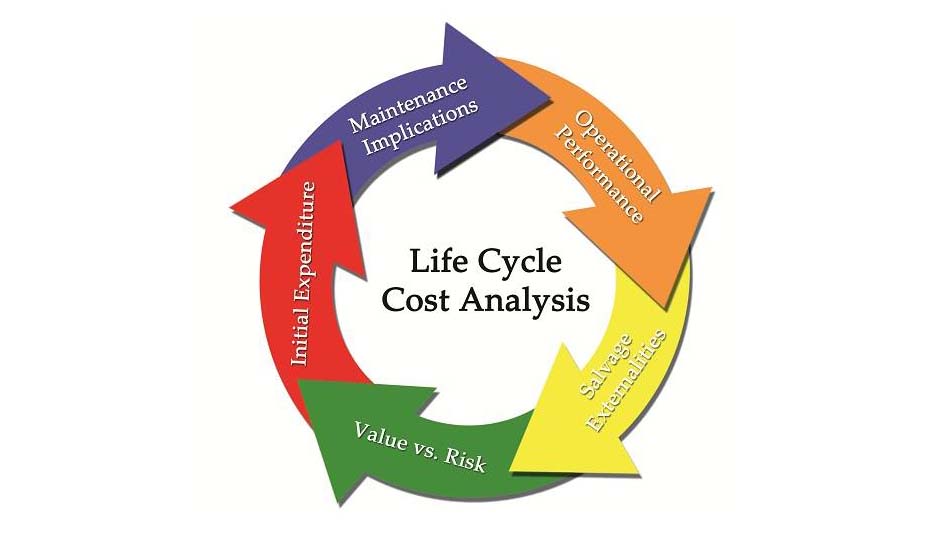Energetic cost of building materials
The objective to be pursued: sustainable development and respect for the Earth

eco-shiftpower.com
Davide Benucci, graduated in Civil and Environmental Engineering.
“Life-Cycle Cost Analysis” is a method of calculating the total cost of a good considering whole its life.
It is also possible to estimate how much energy (embodied energy) and CO2 (embodied carbon dioxide) is consumed to make and to maintain one Kilogram of product. Purchase price, price of use and residual value are included as well. The goal is to optimize a process or identify the best product. Of course, this is an important indicator to identify the inefficiencies and minimize them.
Energy embodied is measured in MJ/Kg of the material used, carbon dioxide in KgCO2/Kg. There is a high degree of complexity in calculating these values: every company use different processes and buy raw materials from different extractor.
Just to report some examples: there are embodied 0.8 MJ/Kg in concrete and 18.8 MJ/Kg in steel. The difference is great but is limited to the manufacture of material itself: these values do not consider the construction process that follow.
Making a balance, it is possible to say that steel structures are more energetically expensive than concrete ones, however usually the steel is reusable to build others buildings: its life could be longer then definitive concrete structures, which should be demolished.
Currently there are more interests in building energy-independent architectures, even if there are many studies, which suggest changing as we use energy! We must to use it knowingly, minimizing the wastes.
We must change our life-style if we want to have a sustainable progress and take care of Earth.
The final message could be that, on the road to the “sustainable construction”, we shall find the low energy house (may be the zero energy house). However, we should proceed further, towards the low entropy house.
It mean that we have to optimize materials and accessories.
Solar panels are such a good thing to install, however how many of them do we really need? What is our real energy requirements?
The answer to this question shall sign the change. We must reduce our consumption to reduce the entropy, which is the track we leave, as human beings, on the environmental.
